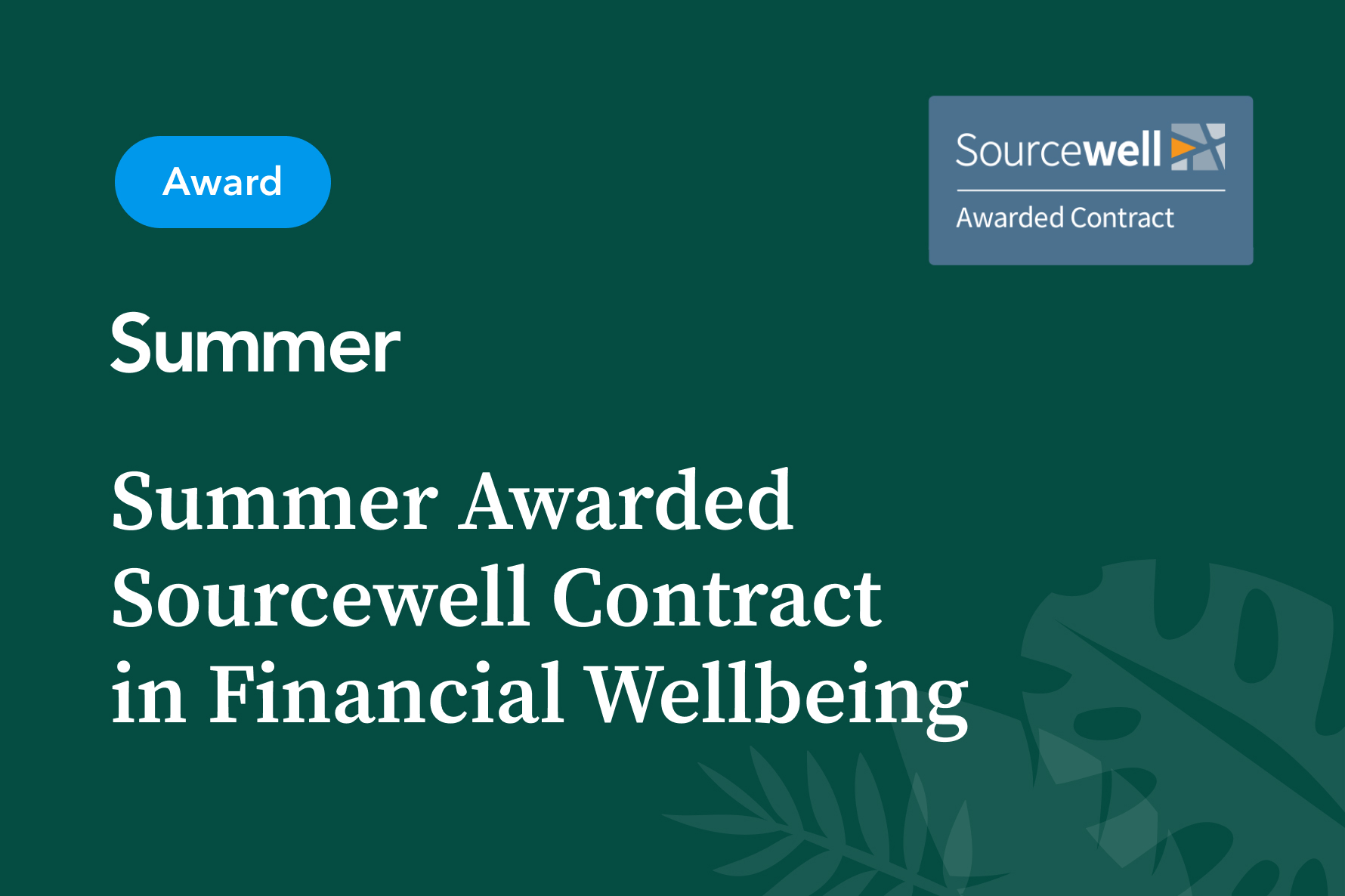Student debt is an issue with which medical school graduates are all too familiar. Per a 2020 Association of American Medical Colleges report, 73% of students graduate with student loans — and the median balance owed was $200,000.
The student loan repayment freeze enacted in the early months of the COVID-19 pandemic has eased financial pressure for millions of borrowers with federal student debt, including medical school graduates. But once the freeze expires at the end of the year, borrowers will have to make monthly payments on their loans while also navigating the skyrocketing cost of living. For some medical professionals, this has led to a crushing fear of being unable to make loan payments: Insider interviewed an emergency medicine resident who, given her $60,000 salary in New York City, doesn’t know how she can afford to make payments on her $450,000 debt once the freeze ends.
Many members of your employee population may also be experiencing financial stress due to their loans. This, unfortunately, is a major contributor to burnout in the medical field. Thankfully, there are ways for you, as an employer, to help them navigate these challenges. Let’s take a look at the cost-effective and easy-to-implement options that can enable your employees to effectively manage their finances and avoid burnout.
Income-Driven Repayment
As a for-profit hospital, loan forgiveness programs like Public Service Loan Forgiveness aren’t available to your employees. However, income-driven repayment (IDR) plans are, and they’re very impactful when it comes to borrowers’ monthly federal loan payments.
Borrowers with federal loans are automatically enrolled into a standard 10-year repayment plan that calculates the monthly payment by dividing the total owed by 120. IDR plans, as the name suggests, limit the monthly payment amount to a percentage of the borrower’s discretionary income — typically 10-15%. As a result, borrowers enrolled in IDR typically end up with a more manageable monthly payment.
This is particularly helpful for employees who find themselves in situations similar to the aforementioned resident. Under the standard plan, her federal loan payments are focused on paying off the entire loan(s) in 10 years. Given her current salary and expenses, that simply isn’t realistic. But with an IDR plan, her payments will be structured around her income, not what she owes.
There are a number of IDR plans out there. President Biden also introduced a new IDR plan in August as part of his executive order on student loan forgiveness: under the proposed rule, IDR payments would be capped at 5% of discretionary income. Ultimately, choosing the right IDR plan comes down to each borrower’s preferences and circumstances; with a comprehensive education assistance solution like Summer, your employees can easily find the best IDR plan for their unique situation.
Refinancing
Whereas IDR is only available to borrowers with federal loans, refinancing is an option for borrowers with federal and/or private loans.
Refinancing replaces multiple student loans with a single private loan that has a lower interest rate. In addition to saving money thanks to the lower interest, borrowers are sometimes able to choose the repayment timeline, while refinancing, to ensure the terms of the new loan works for their finances.
However, refinancing isn’t a one-size-fits-all fix. For instance, borrowers with federal loans will lose eligibility for any forgiveness programs once they refinance, so if they’re thinking about working for a nonprofit one day, they shouldn’t rush into refinancing. And even if refinancing is the right move for a borrower, determining which lender to choose can be challenging. A digital solution like Summer can simplify this process for your employees by analyzing each borrower’s student loan details and providing custom recommendations.
Employer Contributions
The payment freeze was passed in March 2020 as part of the federal CARES act, but it wasn’t the only student loan relief measure included in the emergency bill. The CARES Act also enabled employers to pay up to $5,250 a year to employees’ federal student loans, tax-free. Although originally intended to last just a year, the 2021 Consolidated Appropriations Act extended this tax-free loan contribution provision through 2025.
At the same time, more employers are embracing student debt repayment as a benefit to aid retention and recruitment. A 2021 survey by the Employee Benefit Research Institute found that close to 17% of employers with 500 workers or more provided some type of student debt assistance. Within that group, 30% already had direct loan payments in place and another 40% planned to do the same within the next two years.
As a for-profit hospital, you are uniquely positioned to make contributions to employees’ federal loans and not be in conflict with any forgiveness-eligible loans. (Remember: since the hospital isn’t a non-profit, employees aren’t eligible for any forgiveness programs.) If your budget can accommodate it, this is a meaningful way to support your employees on their journey to financial wellness.
Less Stress, Better Performance
Financial pressure due to student debt is a reality for many in the medical field, and that pressure stands to increase in January once federal loan payments resume. The unfortunate truth is that dealing with this pressure continues to have devastating consequences for borrowers with medical school debt. Per a piece on the American Board of Physician Specialities website, “in early career physicians, burnout correlated with amount of student loan debt, highlighting the need for new approaches to financing medical education.”
As a for-profit hospital HR leader, there are several actions you can take to alleviate your employees’ financial stress. This is one of the easiest ways to support your employee population and enable them to continually perform at their highest levels in a lasting way. With the impending expiration of the payment pause, this form of education assistance couldn’t be more in-demand or timely. Book a no-obligation demo with a Summer specialist to learn more, especially as you navigate 2023 planning.
.jpg)














